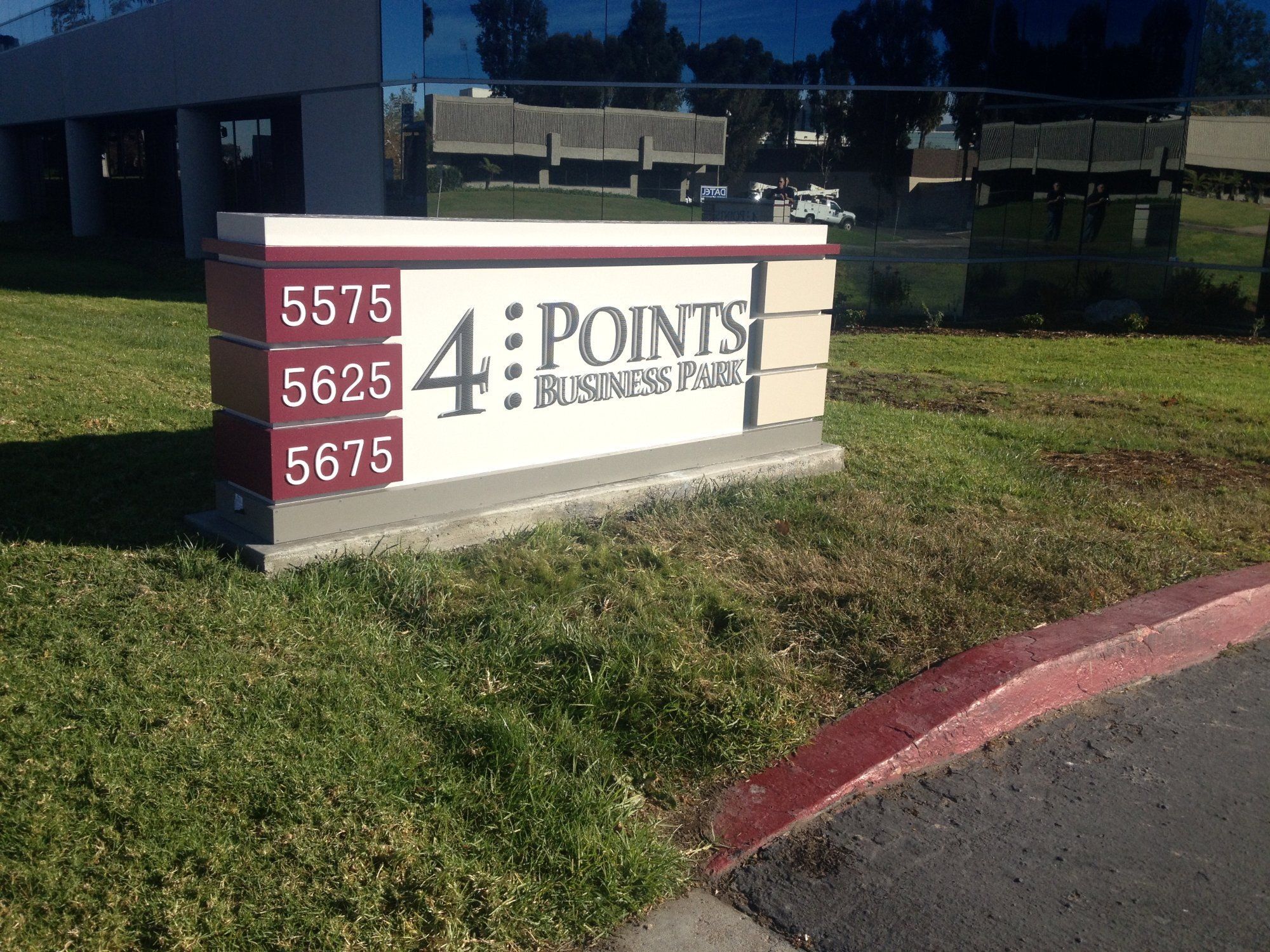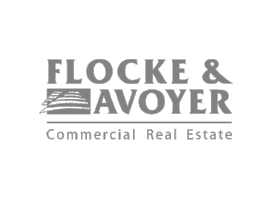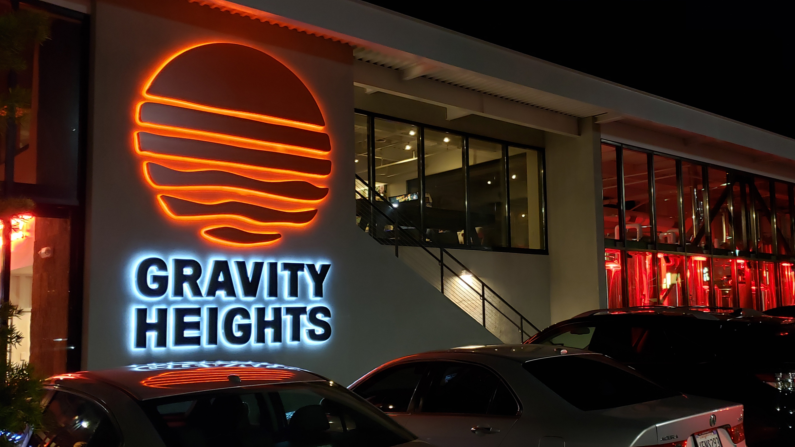
Signs are one of the most essential communication tools for any business. Whether you’re drawing customers in from the street or guiding them through your facility, adequate signage plays a crucial role in creating a positive experience and reinforcing your brand. While indoor and outdoor signs serve similar purposes, the way they’re designed, built, and used can be very different. At Sign Distinction, we help San Diego businesses select the right solutions for both indoor and outdoor environments.
Purpose and Function
The most significant difference between indoor and outdoor signs is their purpose. Outdoor signs are designed to attract attention, advertise your business, and guide people to your location. They must stand out from a distance and compete with other visual distractions. Indoor signs, on the other hand, focus on communication once customers are inside. They identify rooms, provide directions, share information, and strengthen branding within your space.
Design Considerations
Outdoor signs require bold designs that maximize visibility and have a significant impact. Large lettering, bright colors, and illumination help ensure they can be read from the road or sidewalk. Indoor signs can incorporate more detail since they’re viewed up close. Fonts, colors, and graphics can be more subtle, blending seamlessly with your interior design while still conveying clear messages.
Materials and Durability
Outdoor signage must withstand San Diego’s climate, including sun, wind, and coastal air. Materials such as aluminum, acrylic, stone, and weather-resistant vinyl are often used for their durability. Indoor signs don’t face the same environmental challenges, allowing for greater flexibility in materials such as acrylic, wood, or glass. These materials can be chosen for their aesthetic appeal rather than their weather resistance.
Lighting and Visibility
Illumination is crucial for outdoor signage, particularly for businesses that operate at night. Options like LED channel letters, halo-lit designs, or spotlighting ensure visibility 24/7. Indoor signs may not require lighting, although backlit panels or illuminated wall graphics can add impact in specific settings, such as lobbies, hallways, or retail displays.
Compliance and Accessibility
Both indoor and outdoor signs must comply with local codes and ADA regulations. Outdoor signs often require city permits and must follow zoning rules regarding size, placement, and lighting. Indoor room ID signs and wayfinding signage must meet ADA requirements, including tactile lettering and Braille, to ensure accessibility for all visitors.
Cost and Longevity
Due to their size, materials, and construction, outdoor signs are generally a more substantial investment than indoor signs. They are built to last many years, making them a long-term asset. Indoor signs, while less expensive, may need to be updated more often as businesses change their layouts, branding, or messaging.
How They Work Together
While different in function, outdoor and indoor signs should work as part of a cohesive system. An eye-catching outdoor sign attracts customers to the door, while consistent indoor signage reinforces your brand, provides clear direction, and creates a seamless experience. Together, they strengthen your image and improve customer satisfaction.
Professional Design and Installation
Getting the right balance between indoor and outdoor signage requires expertise. At Sign Distinction, we design, fabricate, and install both types of signage, with a focus on quality and consistency. From monument and channel letter signs outdoors to wayfinding and wall graphics indoors, we ensure your brand is represented across every touchpoint.
Upgrade Your Signage Today
If your San Diego business is ready to invest in new signage, let us help you choose the right indoor and outdoor solutions. Contact Sign Distinction today to design signs that stand out, communicate effectively, and support your brand inside and out.













